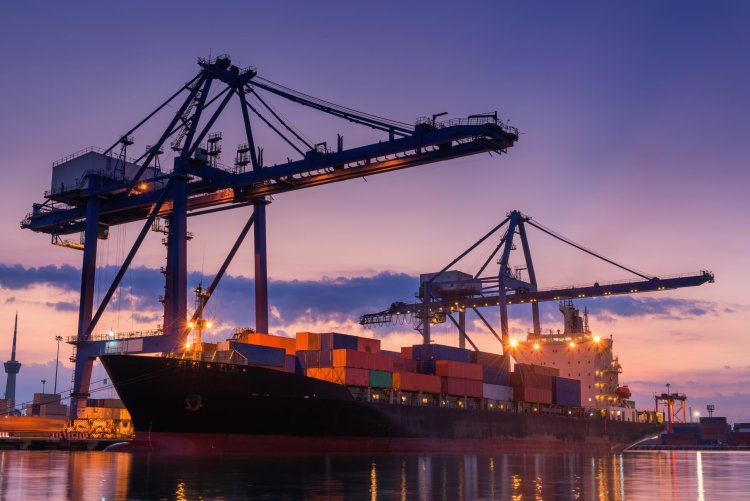Factors Impacting Port Dwell Time: Best Practices for Timely Operations
Share this Post to earn Money ( Upto ₹100 per 1000 Views )

Port dwell time, or wait time at ports, significantly affects costs and efficiency in the shipping industry and global supply chains. Longer dwell times result in increased charges for shippers, higher inventory holding costs, and hinder Just-in-Time procurement and manufacturing operations. It also impacts ship operators, as delays in one port disrupt schedules and increase operating costs.
Factors influencing dwell time in India container terminals vary for containerized and non-containerized cargo, including cargo volume, type, and handling methods. Reducing dwell time is crucial for minimizing costs and optimizing operations in container terminals, benefiting both shippers and ship operators.
Factors impacting port dwell time
Operational efficiency
Operational inefficiencies, such as ineffective yard management and subpar cargo handling procedures, can bring on delays and extended port dwell times. For instance, improper cargo securing inside containers might result in damage or accidents, requiring more time for inspections or repairs. Ineffective yard management, such as haphazard container stacking or a lack of real-time tracking technologies, can make finding and retrieving containers challenging, adding to delays. It's critical to address these operational inefficiencies to increase the effectiveness of India container services and decrease port slack.
Customs and documentation processes
Customs clearance procedures and documentation requirements play a vital role in determining port dwell time. Delays in these processes can significantly impact the timely movement of cargo through ports. You can find some challenges and regulations that affect port dwell time, like complex customs procedures, lengthy documentation requirements, and inconsistent implementation of regulations. These factors increase dwell time, leading to higher costs and inefficiencies. Streamlining customs clearance procedures, reducing paperwork, and ensuring
consistent enforcement of regulations is crucial to decrease port dwell time and overall supply chain efficiency.
Infrastructure and equipment availability
Infrastructure limitations and equipment shortages can lead to longer dwell times. Adequate berth capacity and the availability of essential equipment are also essential for minimizing port dwell time. Sufficient berth capacity allows for efficient vessel handling and reduces congestion. The availability of equipment like cranes, forklifts, and container handling machinery ensures smooth cargo operations.
Effective methods for minimizing port dwell time
Making relevant document preparations
To reduce port dwell time in India container terminals, it is essential to make relevant document preparations. This ensures all necessary documentation and paperwork are in order before arriving at the port. Complete and accurate documentation speeds up the clearance process and minimizes dwell time. Additionally, optimizing the timing of appointments and deliveries is important. Scheduling appointments with cargo holders or customs officials during periods of lower demand can also reduce delays and dwell time. Collaboration with port authorities and stakeholders to identify and address bottlenecks and inefficiencies is also important. Doing so will lead to process improvements and the implementation of new technologies for better container and cargo handling.
Enhancing visibility with a tracking system
To reduce port dwell time, you can increase visibility using tracking technology like RFID or GPS. Technologies for real-time tracking offer reliable data on cargo movements, facilitating improved planning and coordination. Real-time data can be analyzed using analytics to spot operational bottlenecks and streamline procedures for greater effectiveness. Using digital platforms and portals improves transparency, stakeholder engagement, and communication while decreasing delays and increasing overall exposure. By incorporating visibility tools, port dwell time can be decreased, and working capital can be optimized. This is done by assessing correct container loading and unloading, providing timely updates, improving planning for downstream processes, and facilitating speedier cargo discharge.
Conclusion
For India container services to be effective, port stay time must be minimal. The timely operations of container terminals can be greatly enhanced by utilizing visibility-enhancing technologies and streamlining document preparations, which is advantageous to shippers and ship operators. Leading container tracking services like LDB are essential for real-time visibility and process optimization for effective India container services.







